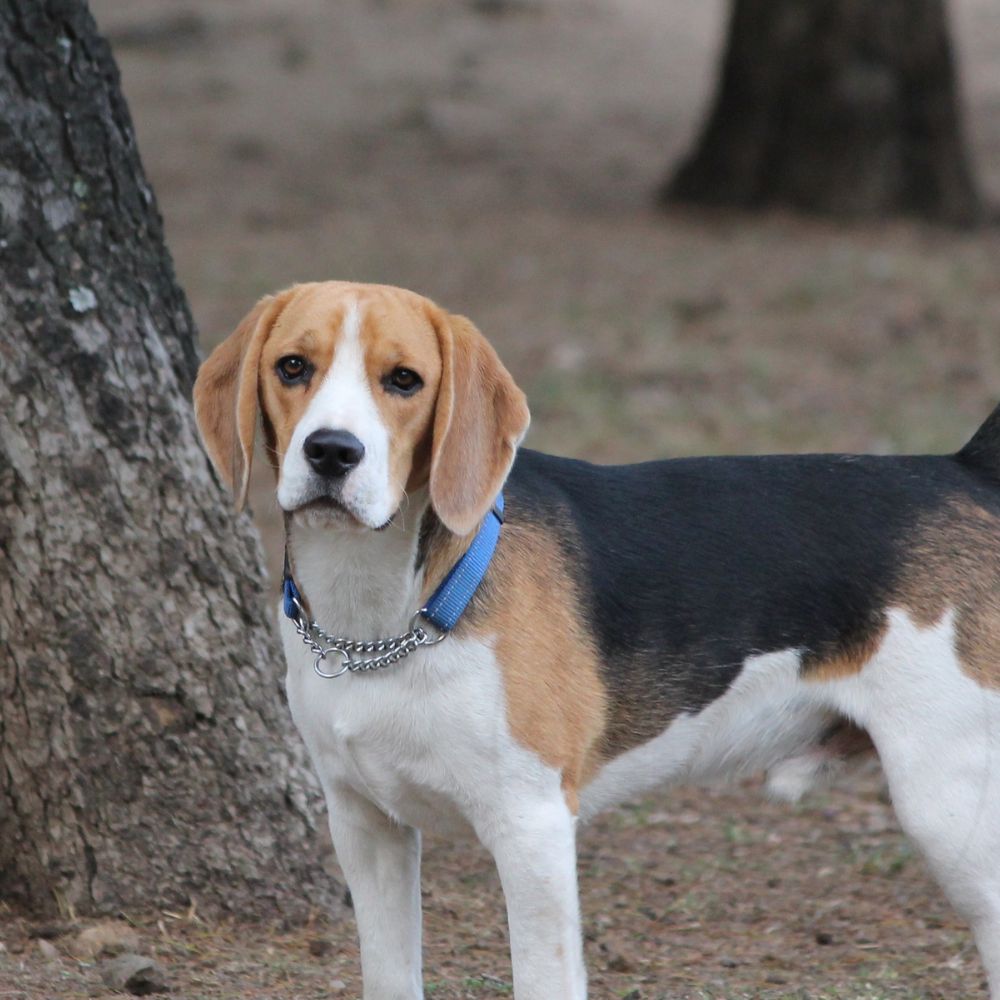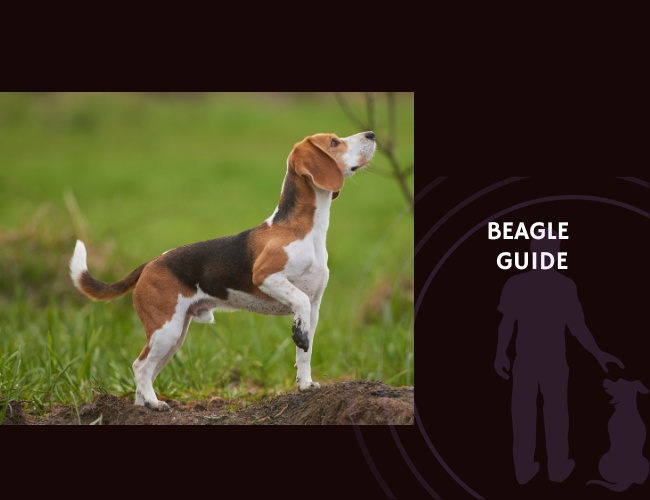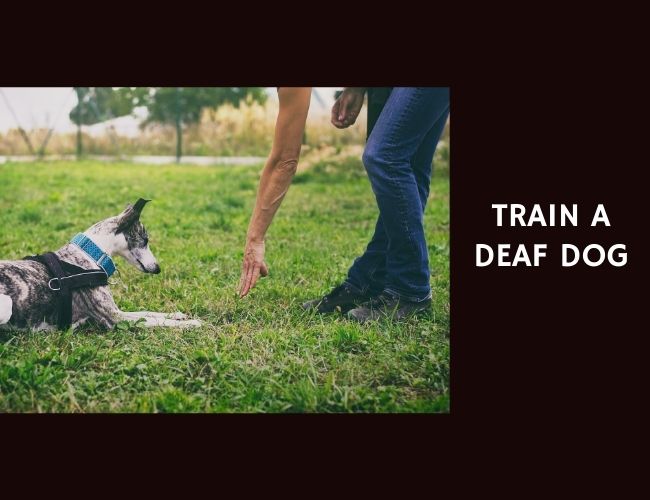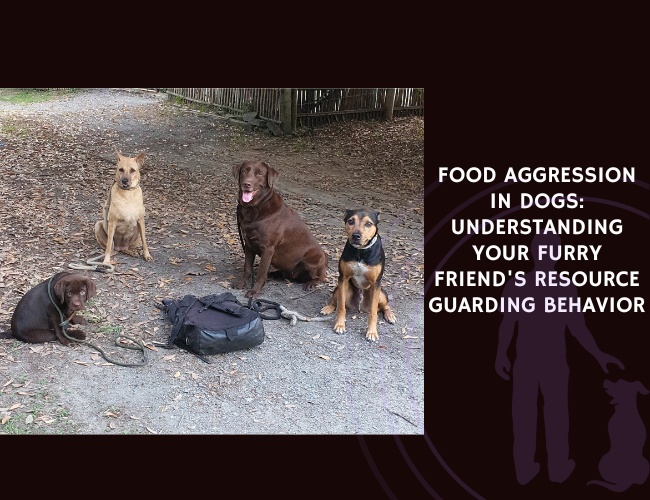Quick Facts about the Beagle
- Origin: United Kingdom
- Weight: 9–11 kg (small), 10–15 kg (standard)
- Life expectancy: 12–15 years
- Coat Colour: Tri-colour, lemon, red and white, chocolate, tan and white
- Breed Group: Hound
The Beagle is a compact scent hound known for its keen nose, friendly nature, and melodic voice. Originally bred for hunting in packs, this cheerful and curious dog is now a beloved family companion.
Beagle History
The Beagle’s origins date back to 16th-century England, where it was developed for hunting small game—especially rabbits—by scent, not sight. Favoured by royalty and commoners alike, Beagles became known for their endurance and teamwork in the field.
Refined through centuries of selective breeding, the modern Beagle was standardised in the 19th century and recognised by the AKC in 1885. Its size, tracking skill, and easy-going temperament made it a favourite not only for hunting but also for companionship.

Beagle Temperament
Beagles are friendly, inquisitive, and sociable dogs that typically get along well with children, other dogs, and even strangers. Their pack instincts make them deeply people-oriented—they dislike being left alone and may develop separation anxiety.
While intelligent, they can be stubborn due to their strong scent drive. Beagles require patient, consistent training with positive reinforcement techniques. They are playful, alert, and love interactive games.
Note: Their tendency to follow scents can lead them to wander, so secure fencing and leash reliability are essential.
Health and wellness
Beagles need daily exercise to stay physically and mentally fit. Long walks, scent games, and opportunities to explore are especially important. Without activity, they may become vocal or destructive.
Their short coat is easy to maintain with regular brushing. Monitor their diet closely—Beagles are prone to overeating.
Significant problems:
Hip dysplasia
Epilepsy
Hypothyroidism
Ear infections (due to floppy ears)
Obesity
Life expectancy: 12–15 years

The Complete Guide to Beagle

The Complete Guide to Beagle Nutrition
🔍 Looking to go deeper into dog training?
Use these categories to explore targeted guides and articles on canine behavior, nutrition, obedience, entertainment, and more.









